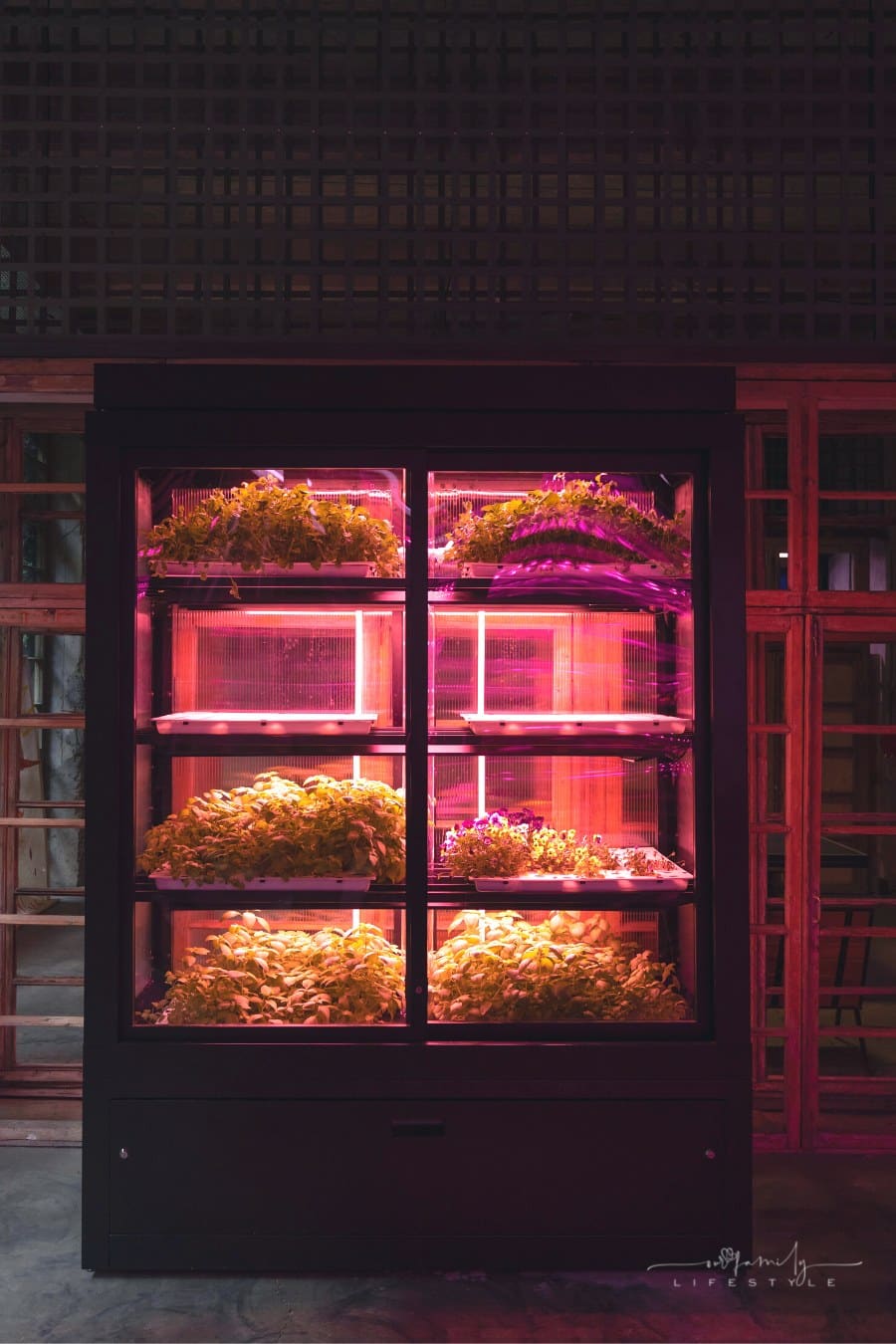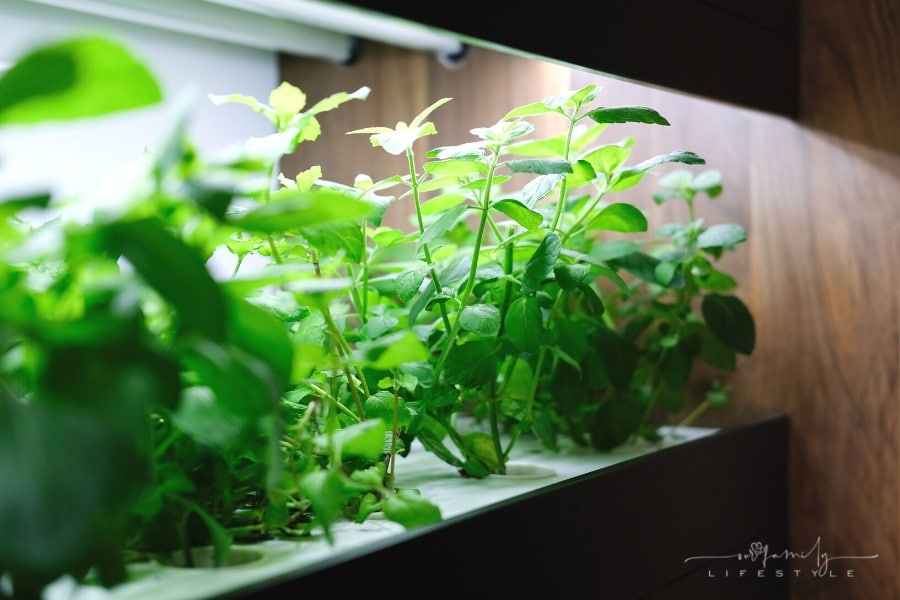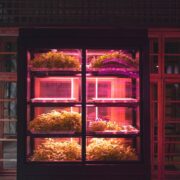Choose the Right Hydroponic Grow Light for Your Plants With These Tips
Hydroponics is all the rage these days, and for a good reason!
It requires less space and resources to grow plants indoors, and you can also control many factors that will make your little indoor garden thrive, including lighting. Many newcomers to hydroponics assume that any light bulb can do the job, but choosing the right to grow light is essential for producing healthy and abundant yields.
With this detailed guide on hydroponic grow lights below, you’ll be able to select the best option suited to your needs.
Keep reading to find out more!

Think About the Size and Type of Plant You’re Growing
Different plants require different light intensities, so the size and type will make a big difference when choosing the right hydroponic grow light.
Growing larger plants such as tomatoes or peppers, you’ll need powerful lighting to reach deeper foliage layers. However, a lower-powered light should do the trick for smaller herbs and leafy greens.
If you need help determining what type of plants you want to grow, start with a light that’s more powerful than necessary. This will allow you to experiment with different types and sizes of plants without upgrading your lights.
Assess the Color Temperature
Different colors emit different amounts of light energy. This is why you’ll want to assess the color temperature of your lights before settling on one.
Generally, hydroponic grow lights come in two categories: warm and cool white. Warm white produces a yellow-red light, while cool white emits more blue-green light.
Warm white is the way to go if you’re growing plants requiring higher temperatures for germination. Cool white lights should do the trick when working with plants that prefer cooler temperatures.
Find Lights Fit For Your Hydroponic System
The type of hydroponic system you use will also affect the lights best suit your needs. Most types of hydroponic systems require high-intensity lights to ensure optimal growth. LED grows lights may be your best option if you’re using a water-based system since they use significantly less energy and produce more light for the same wattage.
On the other hand, air-based systems usually require higher wattages but don’t necessarily need as much intensity, so fluorescent bulbs or HIDs may be the right choice.
Calculate Your Lighting Needs
Your lighting needs will also depend on the size of your growing space and how many plants you’re growing. You’ll need to calculate the total wattage of your hydroponic grow lights to ensure they can adequately cover the entire area.
Generally, it’s recommended that you have a minimum of 40 watts per square foot for optimal growth. You should also consider what type of light spectrum your plants need and how long you’ll need the lights to stay on each day.
The lighting spectrum can range from full-spectrum to very narrow, depending on the type of plant you’re growing. For example, flowers require a full spectrum for maximum growth, while leafy greens may prefer a more narrow spectrum.
Set a Budget
Lighting is one of the most important aspects of hydroponic gardening, but the cost can quickly add up. It’s best to set a budget before you start shopping around for grow lights, so you know what you’re working with and can make informed decisions.
Many retailers offer discount packages or bundle deals that include multiple lighting components such as ballasts, bulbs, and reflectors. These can be great options if you’re on a budget but want the best lighting for your hydroponic system.
Installation costs can also add up, so it’s best to factor those in when setting your budget. Be sure to research the installation process beforehand or reach out to a professional to ensure you get it right the first time.
Think About Heat and Ventilation
Plants need adequate light and heat to grow, but it’s also important that you keep your system cool. Make sure you factor in ventilation when selecting grow lights, as some types can generate a large amount of heat. Bulbs such as HIDs or fluorescents will require more ventilation compared to LEDs.
You can also install cooling systems such as fans or air conditioners to keep the temperature in check. This is especially important if you’re growing in an enclosed space, as the heat from your hydroponic grow lights can quickly build up and create a hostile environment for your plants.
When selecting hydroponic grow lights, it’s best to research and create a plan before making any purchases.
You don’t have to break the bank to get the perfect lighting for your hydroponic system, but you must understand what type of lights and wattage best suits your plants. You can create a thriving indoor garden in no time with the right setup!


